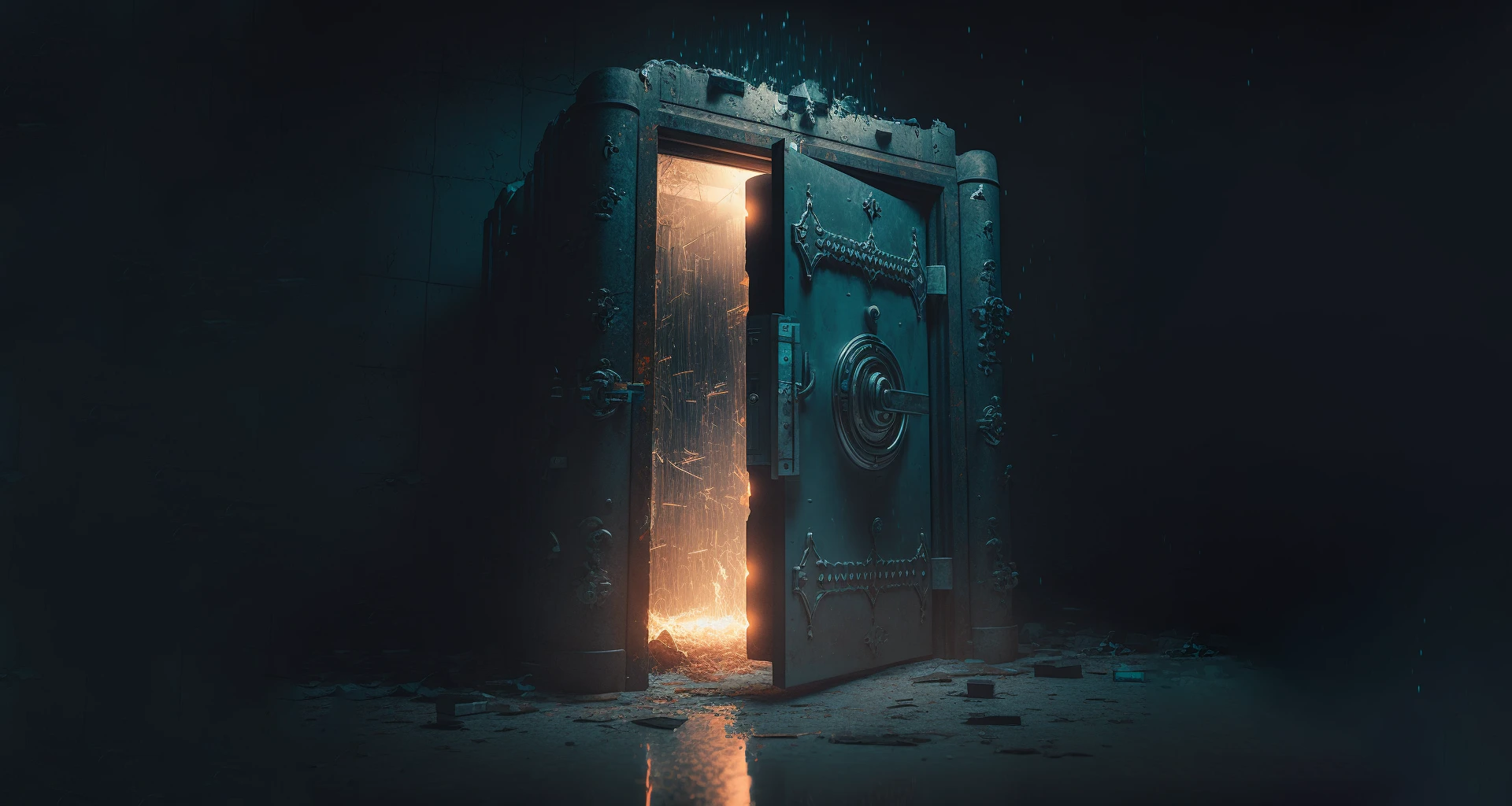Are you feeling overwhelmed about converting your website to a block-based design? Don’t worry, we’re here to help you feel confident in the process and in our ability to deliver a successful conversion.
In this article, we’ll address your concerns by walking you through our entire process, from our initial assessment to our 30-day post-launch monitoring service that guarantees your new website performs flawlessly.
With experience converting numerous websites, we’re confident our process will work for you, minimize any risks involved in converting your website, and set you up for long-term success.
Keep reading to discover how!
Picking the Perfect Conversion Path
Before diving into the process of converting your website to a block editor-based design, we need to determine which conversion option best suits your needs. We offer three distinct options, depending on how closely you wish to adhere to your current design and functionality, and whether you’d like to make improvements or opt for an entirely new design.
A Mirror Image Conversion
The Mirror Image conversion option focuses on recreating your website as closely as possible, without altering its design or functionality. Using the block editor, we’ll replicate each aspect of your website as a block, ensuring it functions identically to its previous version. If you want to maintain your current website’s look and feel while still benefiting from the block editor, this option is perfect for you.
Conversion Plus Enhancement
Conversion Plus Enhancement takes your existing website and converts it to a block editor-based design while making improvements and fine-tuning to enhance its functionality and consistency. We’ll use the block editor to replicate each element of your website as a block, but also seize the opportunity to improve the existing design and functionality. If you want to maintain your current website’s essence while benefiting from the block editor and enhancing its overall design and user experience, this option is ideal.
Conversion and Complete Redesign
The Conversion and Complete Redesign option overhauls your website’s design, using your existing content. We’ll convert your website to a block editor-based design and create an entirely new design from scratch. If you’re seeking a fresh start with a completely new look and feel for your website, this option is perfect for you. Our team of designers will collaborate closely with you to develop a website design that mirrors your business goals and user needs, all while taking advantage of the block editor’s benefits.
Evaluating Your Website for Block Editor Compatibility
The WordPress block editor has made great strides since its introduction in December 2018, and while we can accomplish many fantastic things with blocks, not every website is an ideal candidate for a block conversion.
Before converting your website to blocks we need to assess the website to determine if any crucial features or functionality cannot be replicated with blocks.
During this process, we will meticulously examine your site for potential issues.
Even if there are no insurmountable obstacles preventing us from converting your website to blocks, it’s not uncommon to discover minor aspects that require tweaking or adapting to fit the block architecture.
As we conduct our assessment, we’ll take note of any anticipated adjustments and inform you of them before we start the conversion process.
Weighing Your Options: Choosing a Fresh Start or Comprehensive Overhaul
Based on the size and complexity of your website, we must decide if we should rebuild your website on top of your existing WordPress installation or start with a fresh WordPress installation.
Both options have pros and cons, and the right choice for you will depend on several factors.
- Website complexity: More complex websites (with numerous posts, pages, and custom post types) benefit from building on the same install, preserving your website structure’s integrity.
- Website age: Older websites tend to accumulate clutter. The plugins you’ve installed and deleted over time contribute to database bloat. While it’s possible to clean this out, the process can be time-consuming and costly. In most cases, older sites are better candidates for a fresh start.
- Conversion type: Both Mirror Image Conversions and Conversion Plus Enhancement are better suited for an overhaul since we’re not making significant changes to your website’s structure. If you’re opting for a complete redesign, starting fresh might be the best choice.
Our assessment will equip us with everything we need to recommend the best option for you, and we’ll consult with you on our suggestions to ensure you’re satisfied with our plan.
A Blueprint for Effective Conversion
A successful website conversion project demands proper planning. By outlining the necessary pages, templates, reusable blocks, and patterns, we can guarantee your project runs smoothly and saves you money in the process.
We utilize a templating system within the block editor to streamline the conversion process. This enables us to reuse layouts, from small sections to entire pages, reducing the amount of conversion required.
For example, a 20-page website might only need converting 4 or 5 pages and templates that can be reused throughout the site. By reusing the structure and replacing the content, we can create a more cost-effective solution.
Before we provide a quote for your project, we’ll map out everything that needs conversion, maximizing efficiency by leveraging our templating system.
A Design System that Delivers
Establishing a design system for your website offers significant benefits in terms of consistency, maintainability, and efficiency. A design system comprises guidelines and standards for elements such as colors, spacing, typography, styles, and more. By creating this system, we can ensure all elements of your website maintain a consistent appearance, regardless of who creates or adds new content.
Globally styling elements using the design system enhances consistency throughout the site, making it more visually appealing and easier to navigate for your users. The design system serves as your website’s aesthetic blueprint, allowing you to make decisions about layout and design confidently.
Another advantage of a design system is its ease of maintenance. As new content is added or existing content is updated, it will automatically inherit the design system’s styles and formatting. This means that your website will retain a consistent appearance even as it grows and evolves.
This design system also simplifies making sweeping changes to your website’s design and layout. Since elements are styled globally, you can make a single change that propagates across the entire site. Decided you no longer like your chosen shade of blue? Change it in one place, and it will update everywhere the original shade was used.
Streamlining Your Website’s Transformation
Once we begin converting your website, we’ll do so systematically.
We’ll begin by developing all global elements, such as headers, footers, page heroes, and any templates that will be reused throughout the site.
Establishing this foundation often accounts for a majority of the conversion work that needs to be done.
Once the global elements are completed, we’ll start converting all unique pages, taking advantage of our design system, reusable blocks, and block patterns.
Having executed this process countless times, we ensure no stone is left unturned and maximize our efficiency to complete your conversion as quickly as possible.
Safeguarding Your SEO During Conversion
Of course, you’ll have plenty of opportunities to review our work, submit change requests, and grant final approval — but our audit and reconciliation process goes beyond that.
Anytime you make significant changes to your website, risks are involved — particularly concerning SEO.
Changing URLs, fixing broken links, and updating metadata all need to be carefully audited and reconciled with your original site to ensure nothing is forgotten or damaged during the conversion process.
Our audit process includes over 70 individual tests and checkpoints across your entire website, both on the front and back end.
This process takes between 1-2 days, depending on the size of your website, but it’s one of the most crucial aspects of a successful conversion.
Ushering in Your New Website with Zero Downtime
Once your website is approved and the audit & reconciliation is complete, it’s time to launch the new website.
This is a relatively routine process that takes between 30 – 60 minutes to complete.
To safeguard against any issues, we’ll take an additional full backup of your existing site and your newly converted website so we can restore either one if necessary.
Since our launch process doesn’t result in any downtime (not even a single second!), we can launch your website any day of the week at any time without worrying about disrupting your visitors.
Supporting Your Website’s Success for 30 Days and Beyond
Every website conversion we perform includes 30 days of monitoring.
While we’ll thoroughly audit the website, we don’t want you to have any concerns that something may go wrong.
As unlikely as it is that you’ll encounter problems once your converted site is launched, in the event that you do — we’ll be there to fix it!
We’ll take proactive measures to continually monitor your website for 30 days after launch, including both manual and automated tests and assessments.
Is this necessary? Probably not — but you deserve total peace of mind, so it’s included!
But our care doesn’t have to end after 30 days. Our website management services can offer you ongoing support for your website for as long as you’d like!
Take the Next Step Toward a Better Website
We understand that the process of converting your website to a block-based design might seem daunting, but we’re here to offer our guidance and expertise every step of the way. Our goal is to empower you with the knowledge and support you need to make an informed decision about your website’s future.
By choosing to convert your website, you’ll be investing in a modern, efficient, and easily maintainable online presence. This will not only attract new customers but also provide a seamless and engaging experience for your users.
If you’re considering a website conversion and would like to explore your options, we invite you to fill in our form to receive a free, no-obligation quote. Our team is ready to assess your needs and provide recommendations tailored to your specific goals. We believe that a successful website is an essential part of your brand’s growth and longevity, and we’re here to help you achieve that.




